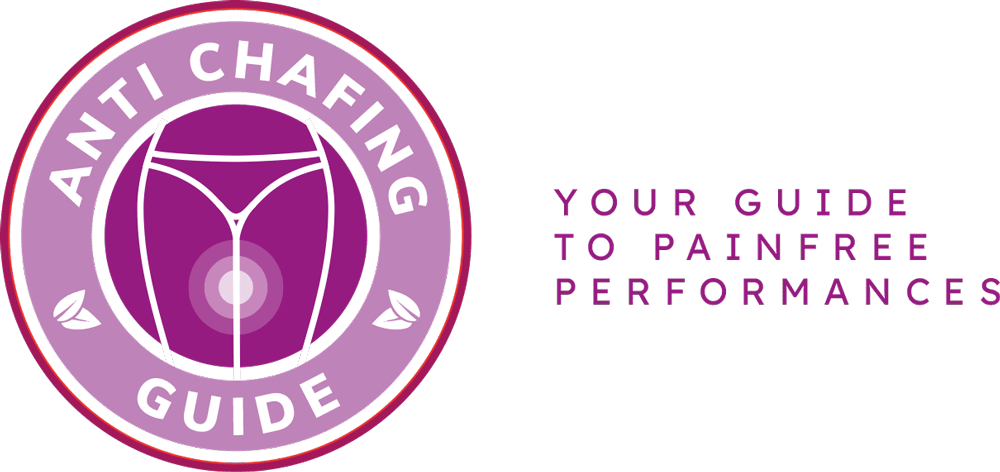This article will take a deep dive into the world of chafing, exploring the shocking pictures that reveal what your skin is desperately trying to communicate. Chafing is a common skin condition that occurs when friction causes irritation and inflammation. It can affect anyone, regardless of age or gender, and often manifests in sensitive areas such as the thighs, underarms, and groin.
By examining these shocking chafing pictures, we can gain valuable insights into the causes and effects of this condition. These images serve as a visual representation of the discomfort and pain that chafing can inflict on the skin. They highlight the redness, rawness, and sometimes even blistering that can occur.
Through these pictures, your skin is sending a clear message: it needs attention and care. By understanding the signs and symptoms depicted in these images, we can better comprehend the impact of chafing on our bodies and take proactive steps to prevent and treat it.
Causes of Chafing
Chafing, a common skin condition that affects many individuals, can be caused by various factors. Understanding the causes of chafing is crucial in order to prevent and treat this uncomfortable condition. One of the primary causes of chafing is friction. When different body parts rub against each other or against clothing, it can lead to irritation and inflammation of the skin. This is especially common in areas where there are folds or creases, such as the inner thighs, underarms, and groin.
In addition to friction, moisture can also contribute to chafing. Sweat and humidity can create a damp environment that softens the skin, making it more susceptible to chafing. This is particularly true for individuals who engage in physical activities or wear tight-fitting clothing for extended periods of time. Furthermore, certain fabrics, such as rough or coarse materials, can exacerbate chafing by causing more friction against the skin.
To effectively prevent and manage chafing, it is important to address these underlying causes. This can be done by wearing breathable and moisture-wicking clothing, applying lubricants or powders to reduce friction, and keeping the affected areas clean and dry. Additionally, maintaining a healthy weight and practicing good hygiene can also contribute to preventing chafing.
Prevention and Treatment
Prevention is key when it comes to chafing. By taking a few simple steps, you can reduce the risk of experiencing this uncomfortable condition. Firstly, make sure to keep your skin clean and dry. Moisture can exacerbate chafing, so be sure to pat your skin dry after showering or sweating. Secondly, wear loose-fitting clothing made from breathable materials, such as cotton. This will help to minimize friction and allow your skin to breathe. Additionally, applying a lubricant or anti-chafing cream to areas prone to chafing can provide a protective barrier and reduce friction.
If chafing does occur, there are several treatment options available. Firstly, gently clean the affected area with mild soap and water, then pat it dry. Applying a soothing ointment or cream can help to alleviate discomfort and promote healing. It is also important to avoid further irritation by wearing loose clothing and avoiding activities that may aggravate the chafed area. If the chafing does not improve or becomes infected, it is recommended to seek medical advice.
Frequently Asked Questions
- Q: What is chafing?
A: Chafing is a skin irritation that occurs when there is repeated friction between skin surfaces or when clothing rubs against the skin. It often leads to redness, soreness, and sometimes even blisters.
- Q: What are the common causes of chafing?
A: Chafing can be caused by various factors such as excessive moisture, tight clothing, repetitive motion, and overweight or obese individuals. It commonly affects areas where skin rubs against skin, like thighs, underarms, and groin.
- Q: How can I prevent chafing?
A: To prevent chafing, it’s important to keep the affected areas clean and dry. You can also try wearing moisture-wicking clothing, applying lubricants or powders to reduce friction, and avoiding tight-fitting clothes that may cause irritation.
- Q: What are some effective treatment options for chafing?
A: If chafing occurs, it’s essential to clean the affected area gently with mild soap and water. Applying a soothing ointment or cream can help relieve discomfort and promote healing. In severe cases, it’s advisable to consult a healthcare professional for further guidance.
- Q: Can chafing be a sign of an underlying medical condition?
A: In some cases, chafing can be a symptom of an underlying medical condition such as eczema, fungal infections, or allergies. If you experience persistent or recurring chafing without an apparent cause, it’s recommended to seek medical advice to rule out any underlying conditions.


Keith is originally from Truckton, Colorado. The 54-year-old cared for his overweight wife for many years. Keitch is also a freelance editor at antichafing.net and supports the team as a competent advisor. In his spare time Keith enjoys reading books, visiting his homeland and is a passionate product tester for well-known manufacturers.

